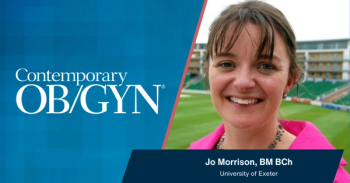
ACOG speaks out on ending pregnancy coverage exclusions
ACOG supports prohibiting insurers from using a pre-existing condition exclusion to deny health-care coverage.
The American College of Obstetricians and Gynecologists (ACOG) has declared support for legislation that would prohibit insurers from using a pre-existing condition exclusion to deny health-care coverage based on past or present health status. The ban would apply to pregnant women as well as to survivors of domestic violence and patients with cancer. According to ACOG Legislative and Policy News (6/12/09), ACOG President Gerald F. Joseph, MD, has pointed out that "...insurers can often impose a waiting period for maternity services, sometimes for 9 months, delaying vital care."
The Pre-existing Condition Patient Protection Act of 2009, H.R. 1558/S.623, was introduced by Senator John D. Rockefeller, IV (D-WV) on March 17, 2009 and has five cosponsors. It prohibits a group health plan from imposing any preexisting condition exclusion or providing for an affiliation period-the period of time before health insurance coverage becomes effective-for coverage offered by a health maintenance organization.
The bill has been referred to the Senate committee on health, education, labor, and pensions.
Newsletter
Get the latest clinical updates, case studies, and expert commentary in obstetric and gynecologic care. Sign up now to stay informed.











